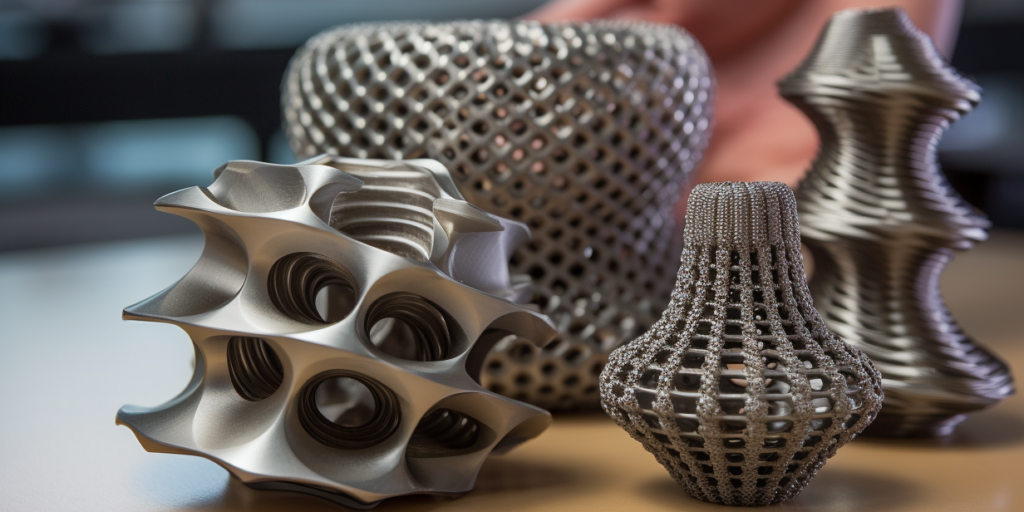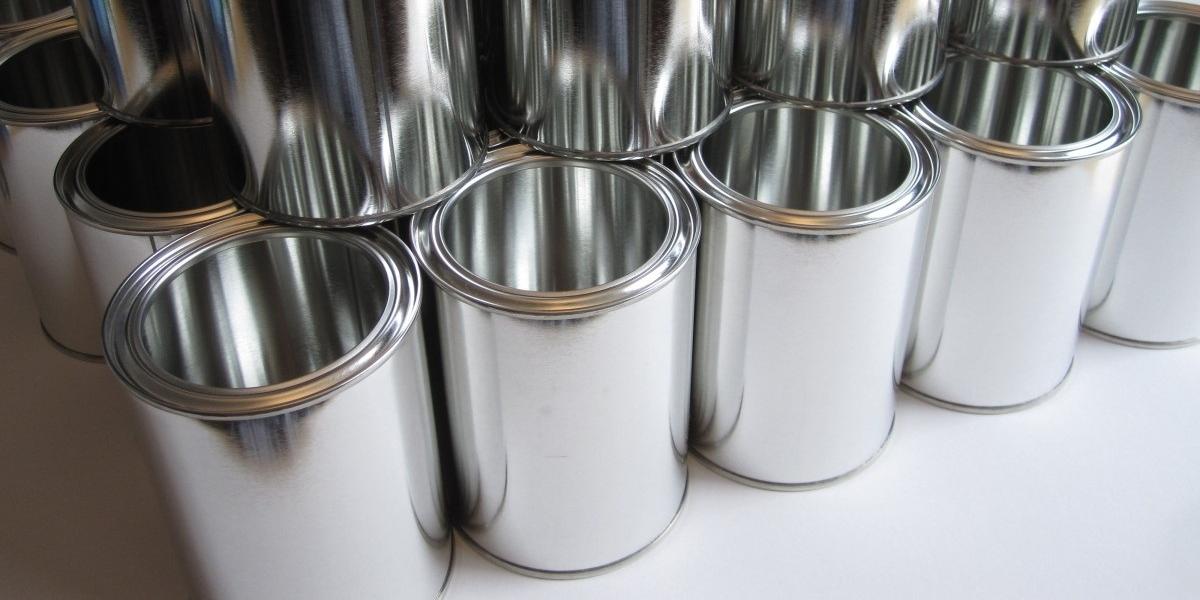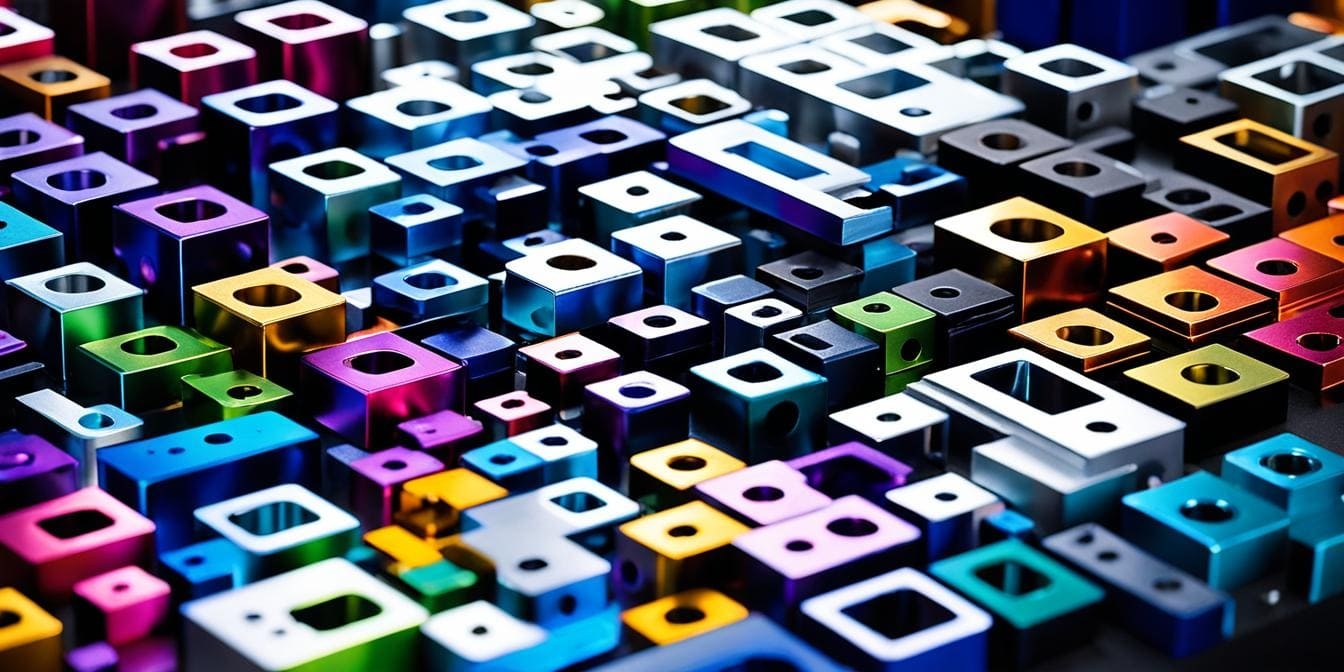Polycarbonate is a material with a long story. Three scientists can be honored as the “father of polycarbonate,” two have sued for the title.
XMAKE has a video dedicated to this(click here for details). Besides, we have systematically documented the basic properties of polycarbonate in a previous article.
Some of the most important things about polycarbonate are summed up in this article. We hope this helps you see why it’s so popular in manufacturing.
Different Types of Polycarbonate
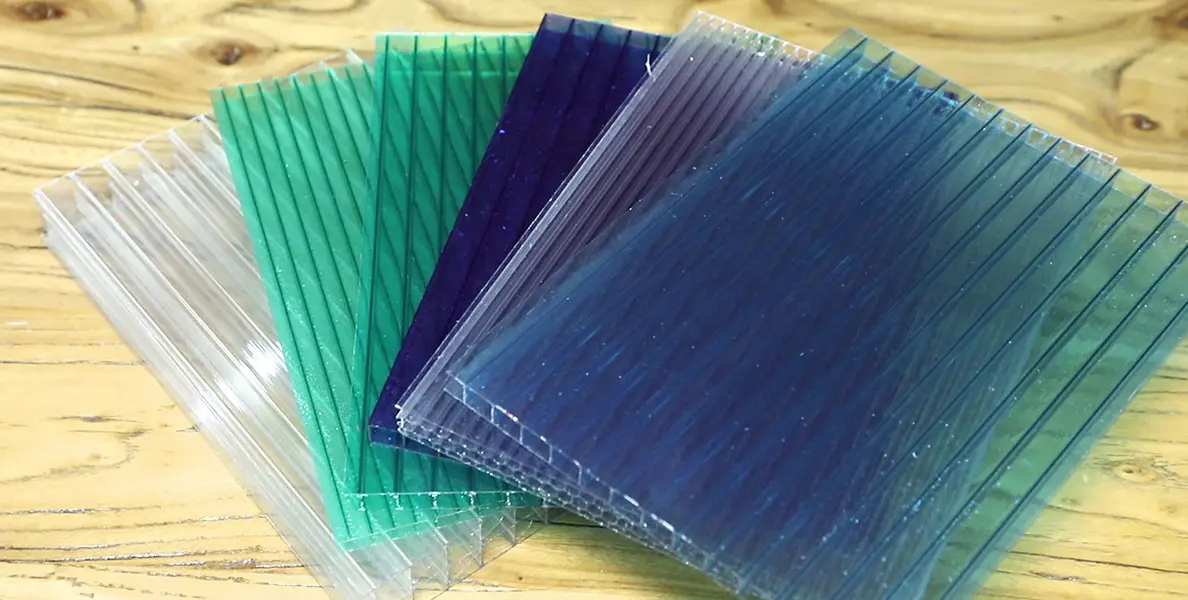
There are many different types of polycarbonate, each tailored for specific applications.
Let’s see these variations and their common uses.
Solid Polycarbonate
One of the most common forms offers:
- Excellent clarity
- Strength
It is ideal for applications like:
- Safety glasses
- Protective shields
Multiwall Polycarbonate
It is designed with multiple layers that provide:
- Enhanced insulating properties
- Structural integrity
This type is commonly used in:
- Greenhouses
- Skylights
Polycarbonate Sheet
Polycarbonate sheets are available in various thicknesses and colors, serving purposes ranging from architectural designs to signage.
Co-extruded Polycarbonate
Co-extruded polycarbonate features a protective layer that enhances UV resistance.
It is suitable for outdoor applications that exposure to sunlight.
Polycarbonate Resin
Polycarbonate resin is the fundamental building block that allows for the customization and versatility of the final products.
Physical Properties of PC
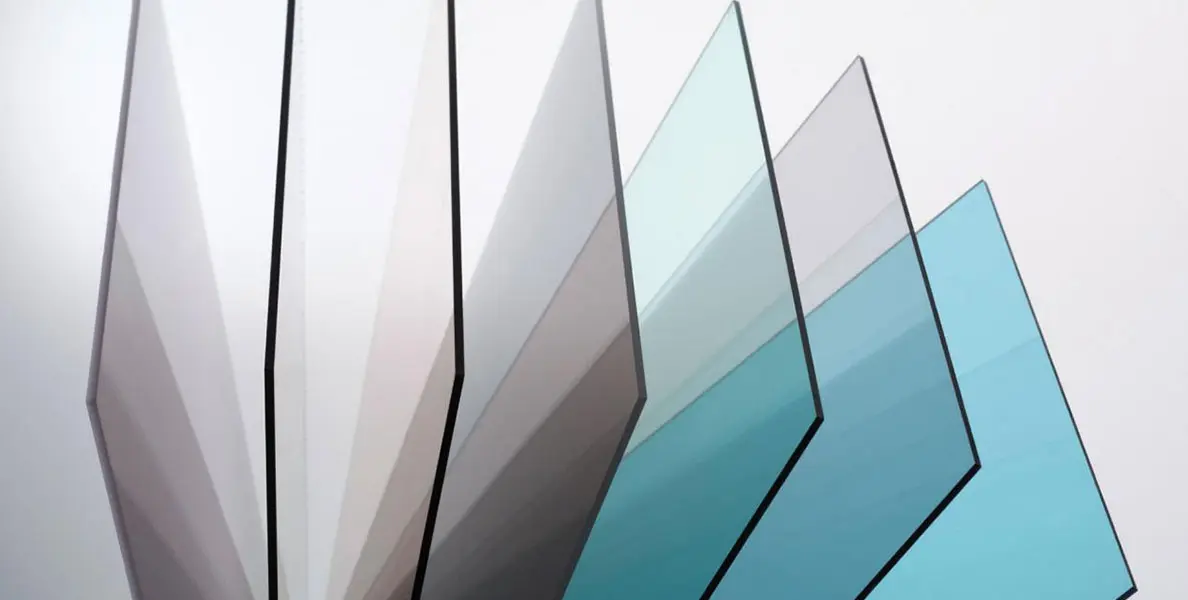
In this part, let’s see the unique properties of PC material.
What are the Key Physical Characteristics of Polycarbonate?
Polycarbonate is a versatile thermoplastic known for its mechanical properties:
- Impressive strength
- Lightweight nature
- High impact resistance
These characteristics make it an ideal choice for:
- Safety glasses
- Eyewear lenses
- Protective gear
- Other applications requiring durability and reliability
How Does Polycarbonate Compare to Other Plastics?
Unlike many other plastics, polycarbonate offer:
- Superior toughness
- Good thermal stability
- Ability to withstand extreme conditions without deforming
This makes it a preferred alternative to materials like acrylic.
| Material/ Attribution | PC | Acrylic |
| Appearance | Typically not transparent | Transparent |
| Hardness | Harder | More Brittle |
| Heat Resistant | Better | Worse |
What Role Do Temperature and Impact Resistance Play?
polycarbonate can:
- Endure high-temperature
- Resist impact
- Resilience
- Keep longevity and safety in various environments
It is crucial in applications like:
- Automotive parts
- Electronic housings
How Does Transparency and Optical Clarity Affect Usage?
polycarbonate has:
- Excellent transparency
- Good optical clarity
These properties allow it to serve effectively in:
- Practical scenario
- Aesthetic applications
- Lighting fixtures
- Optical devices
Chemical Properties of PC
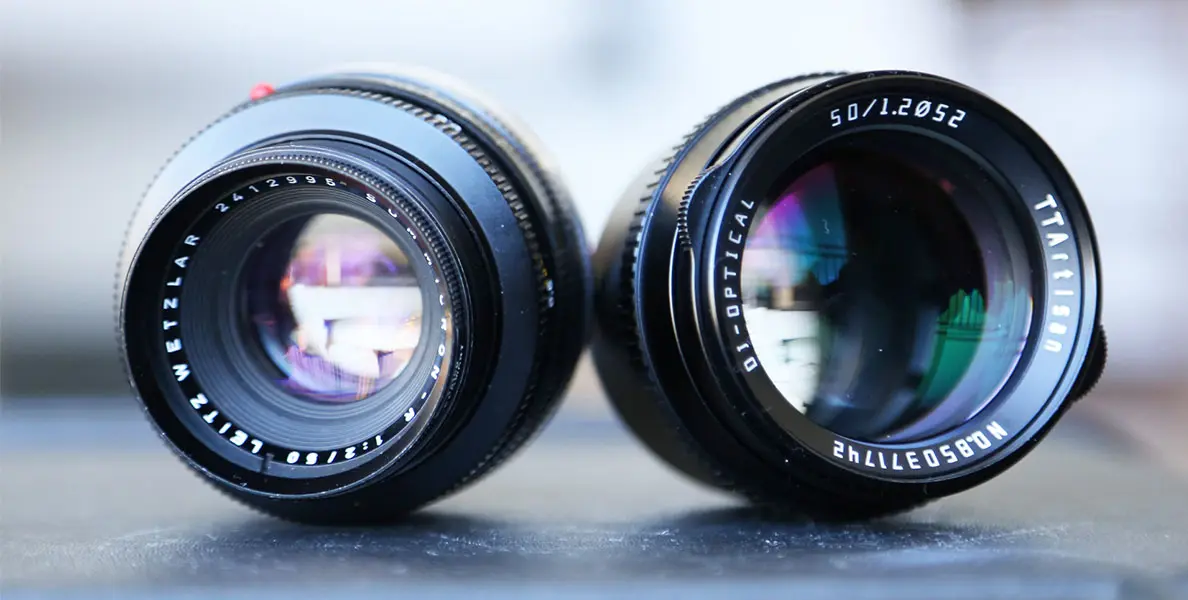
When using polycarbonate, choosing the right polycarbonate highly depends on its chemical attributes.
Composition and Chemical Structure of Polycarbonate
Polycarbonate has a unique arrangement of repeating units linked by carbonate groups. It is composed primarily of:
- Bisphenol A (BPA)
- Phosgene
With this molecular structure, polycarbonate exhibits:
- significant durability and versatility
- a robust backbone provides strength while remaining lightweight
- Ability to withstand various environmental challenges
How Does Polycarbonate React with Various Chemicals?
Polycarbonate is generally resistant to many chemicals. However, it can be susceptible to certain solvents and lead to stress cracking:
- Ketones
- Aromatic hydrocarbons
Understanding these interactions is crucial for:
- Selecting appropriate applications
- Ensuring product longevity
What Are the Thermal Stability and Degradation Properties?
Polycarbonate displays:
- Impressive thermal stability
- Ability to maintain properties up to approximately 135°C (275°F).
However, prolonged exposure to high temperatures can:
- Induce degradation
- Affecting mechanical strength
- Harm optical clarity
How Do Chemical Properties Affect the Lifespan of Polycarbonate Products?
The chemical resistance of polycarbonate influences its lifespan significantly.
For example, resistance to UV radiation and various chemicals dictates its suitability for outdoor applications.
Environmental Impact and Sustainability of Polycarbonates
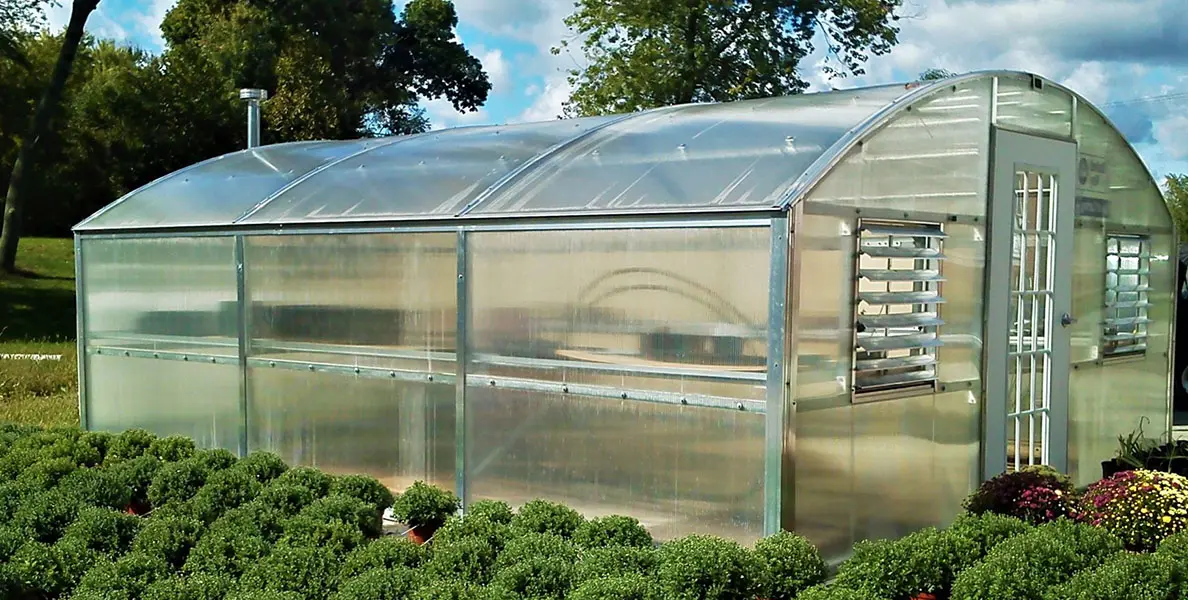
Although polycarbonate is virtually unbreakable, there are still risks hidden in polycarbonate, such as the environmental issue.
Carbon Footprint of Polycarbonate Production
The production of polycarbonates raises significant concerns regarding their carbon footprint.
The manufacturing process of these plastics is:
- Energy-intensive
- Contributing to greenhouse gas emissions
- Might exacerbate climate change
How Do Polycarbonates Impact Waste Management and Recycling?
In terms of waste management, polycarbonates are:
- Not biodegradable
- Can persist in the environment for centuries
Their presence in landfills poses challenges, as they:
- May release harmful substances during degradation
- Special chemical structure makes it difficult to recycle and reused
What Are the Environmental Risks Associated with Polycarbonate Use?
Polycarbonates pose significant environmental risks associated with their production and disposal.
The manufacturing process often involves:
- Toxic chemicals: Can lead to pollution and health hazards
- Improperly disposed: This may contribute to plastic waste in landfills and oceans, taking hundreds of years to decompose
Are There Sustainable Alternatives to Traditional Polycarbonates?
These alternatives include:
- Bioplastics: Derived from renewable resources, it offers similar properties without the same environmental drawbacks.
- Innovations in material science: Leading to the development of more sustainable options that reduce reliance on fossil fuels and minimize ecological impact.
Transitioning to these alternatives is essential for fostering a more sustainable future and mitigating the environmental challenges posed by traditional polycarbonates.
Applications of Polycarbonate in Emerging Technologies

Polycarbonate is rapidly becoming a cornerstone material in various emerging technologies, with significant applications across multiple sectors.
The telecommunications, electronics, and automotive industries have been at the forefront, leveraging its lightweight and durable properties to enhance product performance and efficiency.
How is Polycarbonate Used in Electronics and Telecommunications?
In the electronics sector, polycarbonate is commonly used for:
- Casings
- lenses
- Screens
What Role Does Polycarbonate Play in Medical Devices and Equipment?
Polycarbonate’s biocompatibility makes it an ideal choice for various medical devices, including:
- Surgical instruments
- Housings for diagnostic equipment
The material’s ability to withstand sterilization processes further enhances its usability in healthcare settings.
How Are Polycarbonates Being Integrated into Renewable Energy Solutions?
Polycarbonates are increasingly being recognized in the field of renewable energy for:
- Enhance energy efficiency
- Reduce costs
- Able to withstand extreme weather conditions
- Ensuring longevity and reliability in energy systems
These versatile materials are utilized in:
- Lightweight and durable solar panels
- Outdoor applications
Global Market Trends and Economic Impact of Polycarbonates
As the world shifts towards more sustainable energy practices, the polycarbonate market is expected to grow significantly.
This growth:
- Supports advancements in technology
- Stimulates economic development
- Creating jobs
- Promoting research in innovative applications
Thus, polycarbonates are not just materials of the future.
They are integral to shaping our renewable energy landscape.
Conclusion of Polycarbonate Material
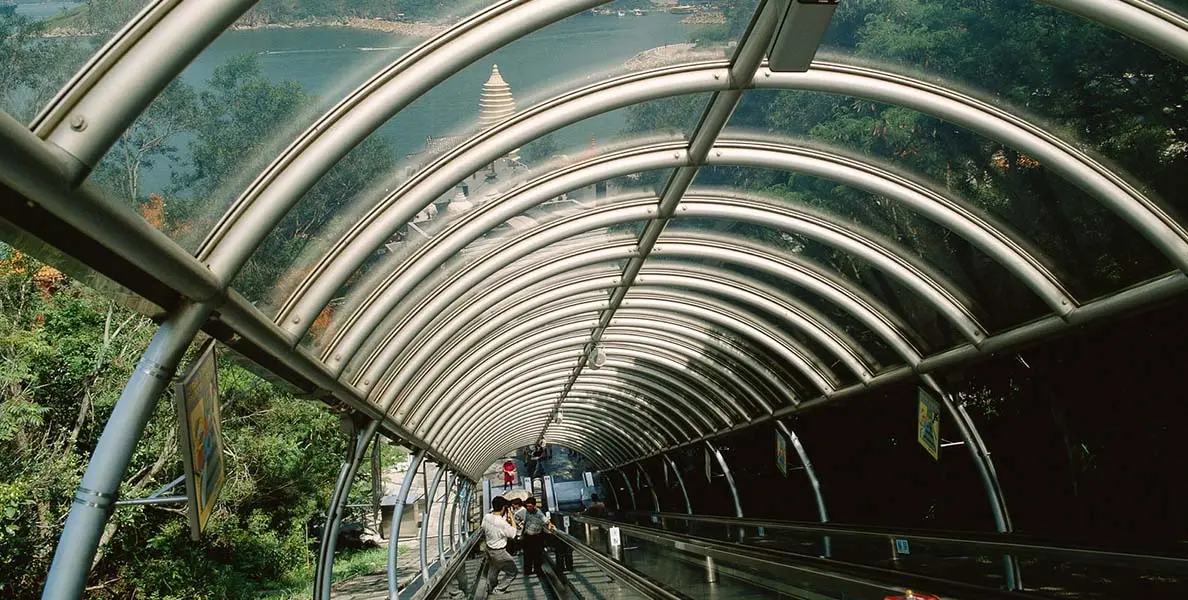
In conclusion, polycarbonate has unique physical and chemical properties.
This material is widely used in emerging industries, but its environmental impact needs to be emphasized.
Where Can I Get Good Polycarbonate Plastic Parts?
You can contact XMAKE. As a leading digital manufacturing platform, we possess a unique polycarbonate formula and production process. We can produce high-quality polycarbonate plastic products without cracking or breaking.
FAQS
Q1: What is polycarbonate and what are its key properties?
A: Polycarbonate is an engineering plastic known for its high impact strength, heat resistance, and optical properties. It is often used in applications where durability and safety are crucial.
Q2: What are the main advantages of polycarbonate sheets?
A: The advantages of polycarbonate sheets include their lightweight nature, high impact resistance, UV light protection, and scratch resistance. They are also flame retardant and offer excellent insulation properties.
Q3: How can polycarbonate be used in construction?
A: Polycarbonate can be used in construction for glazing, roofing, and wall panels due to its strength and transparency. Polycarbonate panels provide a versatile solution for both aesthetic and functional applications.
Q4: What types of polycarbonate are available on the market?
A: There are many types of polycarbonate, including clear, tinted, and frosted sheets. Specific applications may also call for BPA-free polycarbonate, which is designed to be safer for food contact.
Q5: What are the disadvantages of polycarbonate?
A: Some disadvantages of polycarbonate include its susceptibility to scratching and potential yellowing over time when exposed to UV light. It is also typically more expensive than other plastics.
Q6: Can polycarbonate be modified with additives?
A: Yes, polycarbonate can be modified with additives to enhance its properties, such as improving its flame retardant capabilities or further increasing its UV resistance, making it suitable for a wider range of applications.
References
- Plastic Knowledge丨Article to understand the birth, development, and application of polycarbonate (PC)-Buy Chemical Plastics-Buy Chemical Plastics Think Tank Experts. (n.d.). https://www.ibuychem.com/expert/article/2551430
- Advantages and Uses of Polycarbonate – ChemSource.com. (n.d.). https://www.chemsrc.com/news/35571.html


